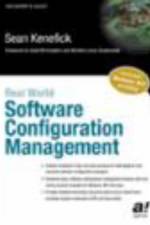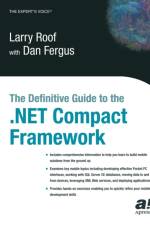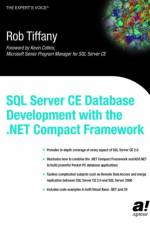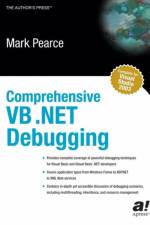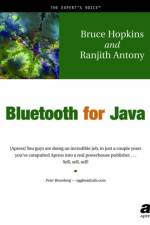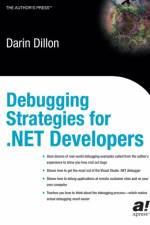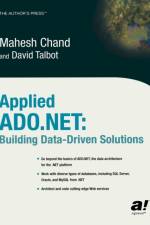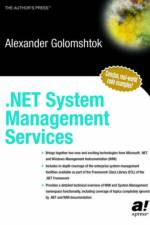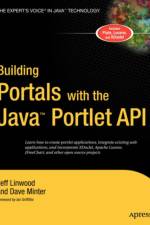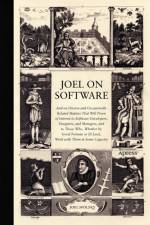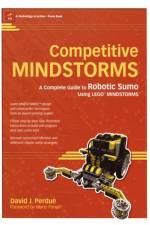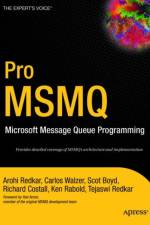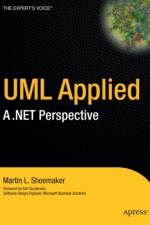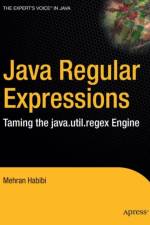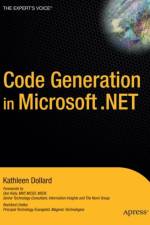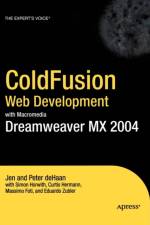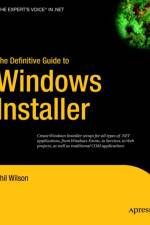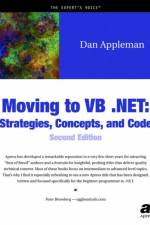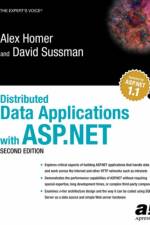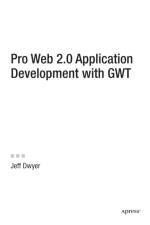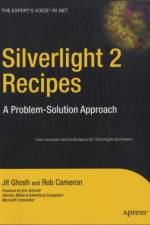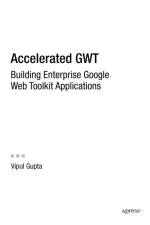- Building Data-Driven Solutions
av David Talbot & Mahesh Chand
695,-
"e;Applied ADO.NET: Building Data-Driven Solutions"e; is written for programmers by two programmers that have put ADO.NET to work creating live applications, offering real-world knowledge from hard won experience. "e;Applied ADO.NET: Building Data-Driven Solutions"e; provides extensive coverage of ADO.NET technology including ADO.NET internals, namespaces, classes, and interfaces. Where most books cover only SQL and OLE DB data providers, Mahesh Chand and David Talbot cover SQL, OLE DB, ODBC data providers and the latest additions to ADO.NET: Oracle, MySQL, and XML .NET data providers. Chand and Talbot also cover internals of data binding and they provide detailed coverage on both Windows Forms and Web Forms data binding and data-bound controls. Since XML plays a major role in .NET development, the authors also provide a comprehensive look at XML namespaces and classes, and how to integrate both with ADO.NET. "e;Applied ADO.NET: Building Data-Driven Solutions"e; begins with the basics of ASP.NET and data-bound controls. It then delves into internals of data binding and shows how to use DataGrid, DataList, and other data-bound controls in real-world applications. Chand and Talbot also discuss the ASP.NET guest book, database XML Web services, and even an online bookstore sites development and design process. Advanced developers will learn from the coverage of ADO.NET architecture, related design issues, and how ADO.NET data providers are designed. The authors also show how to create a Custom Data Provider. Event handling, server side programming, data relations and constraints, Active Directory, messaging, exception and error handling, and object relational model are other topics covered in detail.

